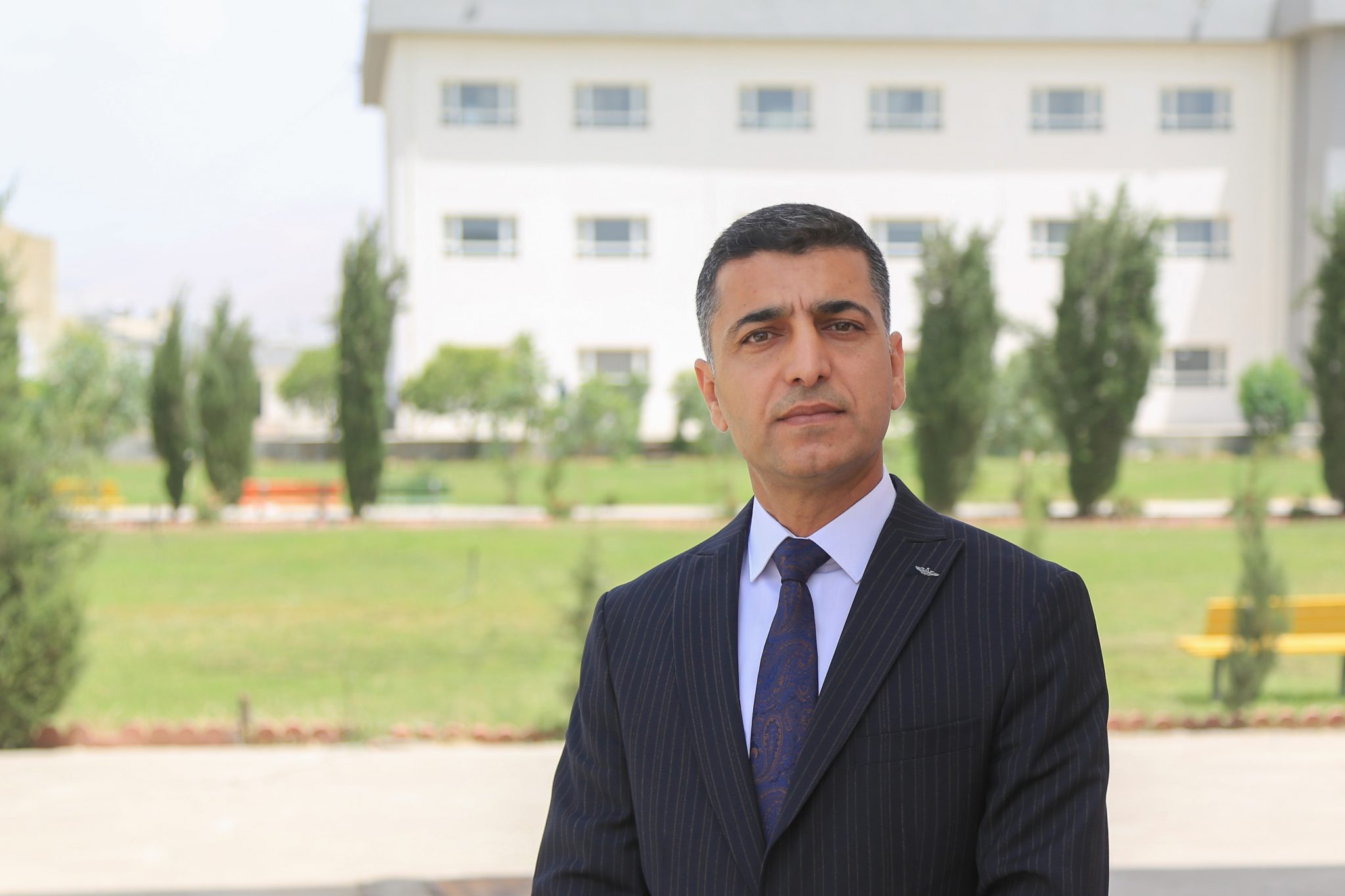
Asst. Prof. Dr. Hastyar Hamarashid Najmuldeen, dean of the College of Health Sciences at Cihan University–Sulaimaniya, has published a research article in the esteemed journal of Advances in Environmental and Soil Science. The study, entitled “Impact of Crop Residue Burning on Soil Properties, Microbial Activity, and CO₂ Emissions,” addresses a pressing environmental and agricultural issue affecting soil health and sustainability.
The study investigated the consequences of wheat crop residue burning on soil physicochemical properties, microbial communities, and carbon dioxide emissions in the agricultural fields of Wazha village and Sitak, Sulaymaniyah Province, Kurdistan, Iraq. The findings revealed that post-burning soil texture changed from silty clay loam to clay loam due to a reduction in silt content. Notably, there was a significant decline in soil organic matter and magnesium levels, critical components for maintaining soil fertility, while parameters such as pH, EC, and macronutrients like nitrogen and potassium remained largely unchanged.
Despite the harsh conditions introduced by residue burning, microbial populations bacteria, fungi, and actinomycetes demonstrated resilience with no significant reduction in their abundance. Additionally, the study observed a two-phase CO₂ emission pattern: an initial spike caused by microbial degradation of organic matter, followed by a slower mineralization phase.
This important work sheds light on the detrimental environmental effects of residue burning and calls for the adoption of sustainable agricultural practices to preserve soil integrity, improve productivity, and reduce greenhouse gas emissions.
Addressing global challenges in sustainable agriculture and climate change mitigation reflects Cihan University-Sulaimaniya commitment to advancing scientific knowledge with real-world impact.
The journal Advances in Environmental and Soil Science is indexed in Scopus (Q2) with a Cite Score of 5.1 and an Impact Factor of 2.7.
The article can be accessed at the following link: https://doi.org/10.1155/aess/6423454







